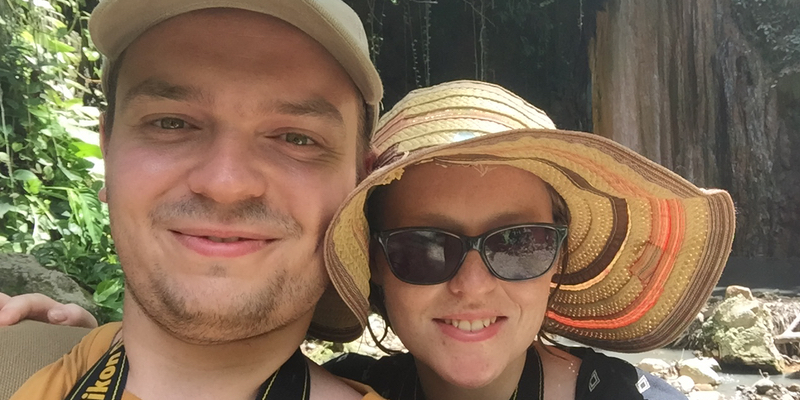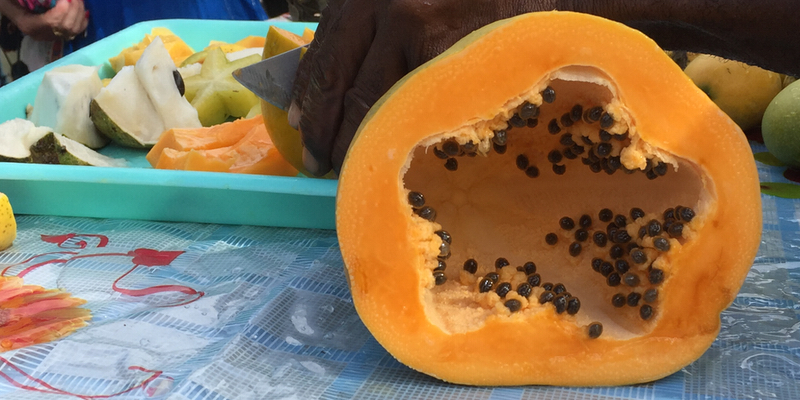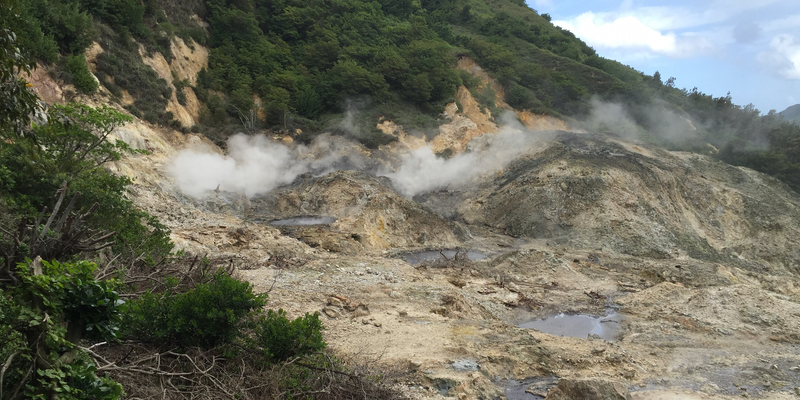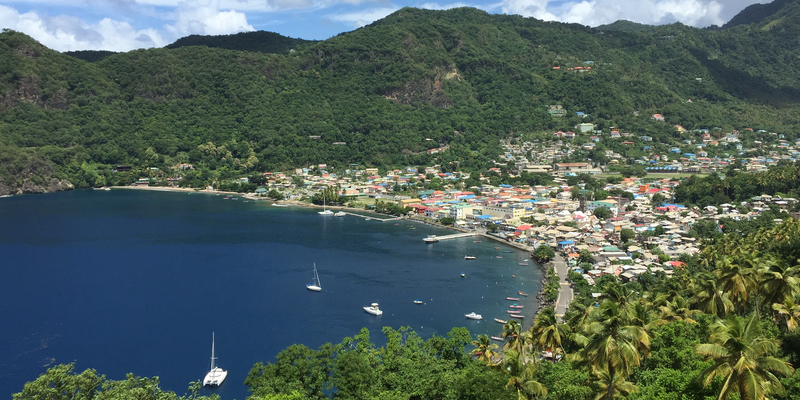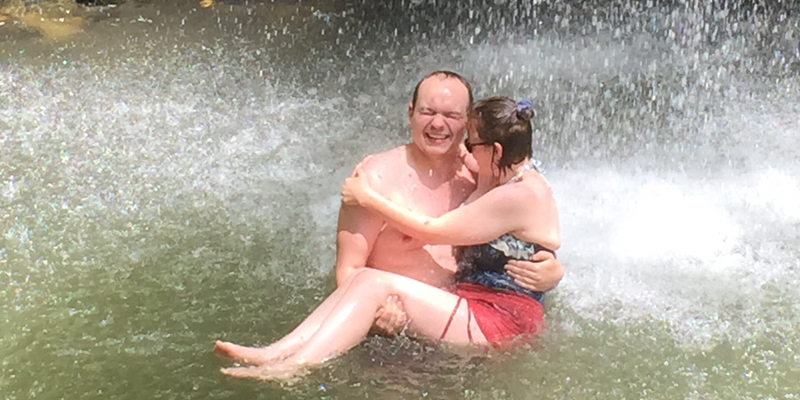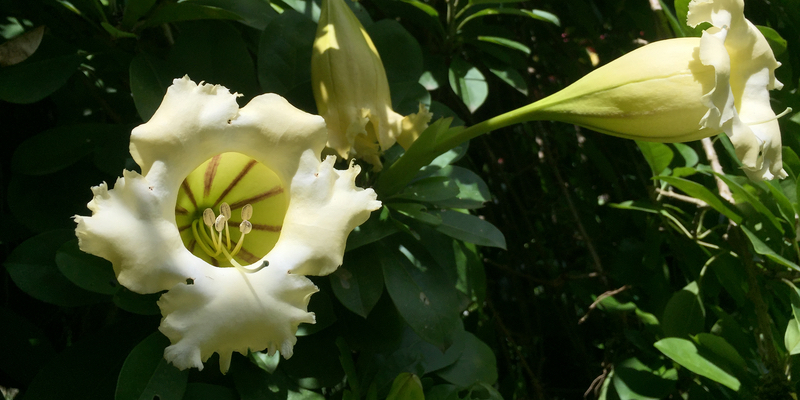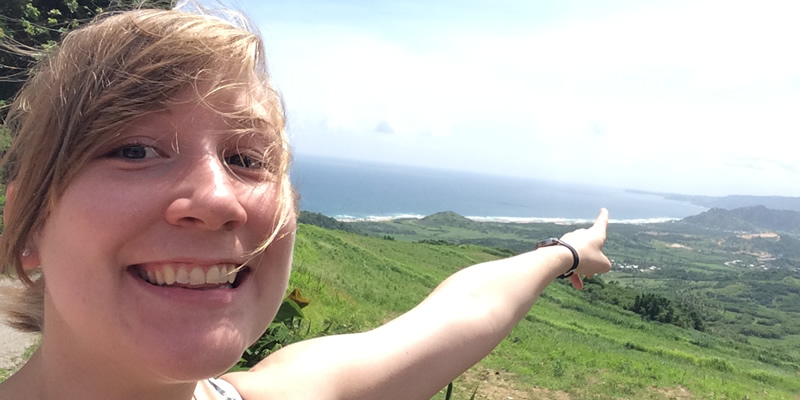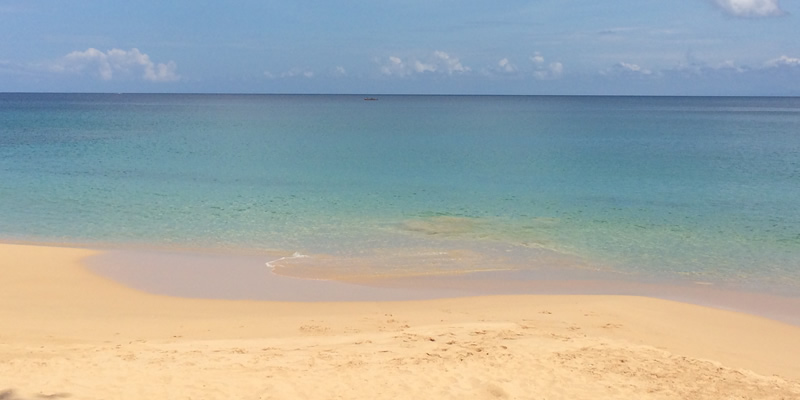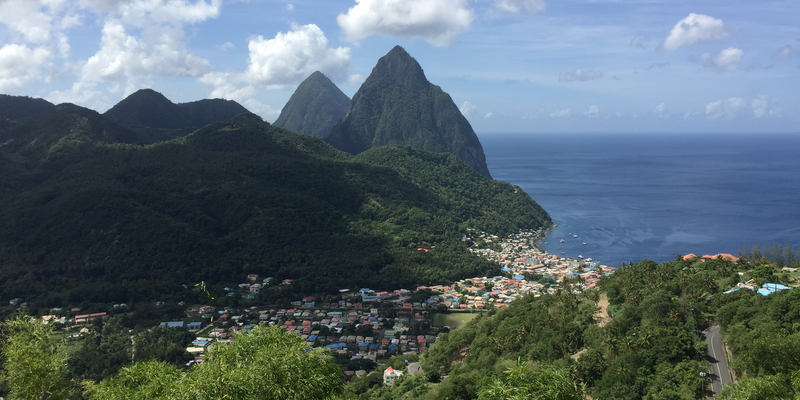
The Land & Sea Safari from St. James’s Club Morgan Bay is one of the best days out in the known universe, and it was something I’d had my eye on from the moment I booked my holiday to St. Lucia. It opened our eyes to a variety of amazing island experiences we might otherwise have missed, and it’s an extremely rewarding adventure for budding explorers.
Next-Level Sightseeing
Long, winding roads riddle their way over St. Lucia, from the coastline to the innermost cities, and the land leg of the tour savours the twists and turns in those old routes. An open-top Jeep serves as a moving viewing platform, passing through banana plantations and small villages en route to the grand costal vistas that have solidified St. Lucia as the go-to Caribbean island for sight-seers.
The scope of the safari is staggering, taking in the best landscapes from north to south. We saw the great seaports of Castries, the village of Anse La Raye famed for its Friday night fish-fry, the traditional coastal community of Canaries, the famed Pitons standing sentinel over the harbour of Soufrière, and countless more incredible landscapes snatched from the back of the Jeep.
However, what made the sightseeing so special wasn’t merely the traditional vistas reeled off from the tour’s itinerary, but the no-name in-between places seen from the roads. They were just as stunning as the places that live in the spotlight, but with an added sense of dramatic exoticness inherit in uninhabited island spaces. An isolated refreshment stand in one such region allowed us to sample the fruits of these lands, and they were the sweetest, softest, juiciest fruits I have ever tasted. It wasn’t just the sunshine that made their flavours blossom; it was the earnestness of the wild lands that vouched for their authenticity. The grand, sweeping views seemed all the more real by adding in the extra sensory dimensions, and really set the Jeep Safari apart from the crowd of sightseeing tours jostling for your attention.
Drive-In Volcano
St. Lucia is proud of its so-called Drive-In Qualibou Volcano in Soufrière, which served as the first major stop on the Land & Sea Safari. As we drove into Soufrière you could smell the heavy scent of sulphur whenever the wind blew down from the mountains, its almost mineral texture lining the back of your mouth. We felt like the explorers who first sailed to the West Indies, discovering the powerful senses of the New World. It’s no surprise that this unusual sulphuric scent is enshrined in Soufrière’s name, roughly translating as “Sulphurous”. As you pass through the town the greenery relents to yellow-brown ripples of volcanic rock, preciously guarding pools of scolding water. It’s a distinctly otherworldly landscape, as if lifted from another planet and dropped into the rainforests of St. Lucia.
The volcano stop gives you two options: a guided tour of the geothermal crater, or a mud bath in the mineral-rich waters. Local legends say the mud here can undo 10 years worth of ageing, so I guess we can add “Time Lord” to the list of titles gifted to Qualibou.
Beyond the promise of youth, you should visit Soufrière for its historical significance. The Qualibou Volcano is why St. Lucia was so desirable to the Western colonisers of the New World, and ultimately sparked the great struggles for control of the island. Sulphur is a vital ingredient in gunpowder, usually obtained from the laborious mining of volcanic rock, but a long-distant super-eruption of the Qualibou Volcano blew open the mountainside, exposing its valuable sulphur veins. These yellows lines were the gold of the New World, and walking inside the crater really conveyed the raw power of St. Lucia, both geological and militaristic, and it’s easy to understand the jealous friction that rubbed between the western naval empires. You can almost hear the metallic chirp of pickaxes as they tried to puck out the vital innards of the mountain, and the crater-sides steam with the seething pulse of the island’s intense inner forces. It is here in Qualibou that you best appreciate not only the beauty of St. Lucia, but its deep, unfathomable ferocity, aptly demonstrating the uniqueness of the island.
Waterfall Power-Shower & Flower Show
After displaying the magnificence of St. Lucia from afar, the tour drops its telescopic approach and throws you right into the fray with the undergrowth. A hop away from the drive-in volcano is the walk-in Toraille Waterfall, a novel way to clean-up if you opt for the volcanic mud bath. The rising steam over the Qualibou Volcano proves the island’s power, but stepping under the Toraille Waterfall really makes it hit home. A small rocky pool is fed by the brawn of the waterfall, a cascade of refreshingly cold water sourced form the Soufrière River. A sandbag trail lowers you into the pool, and as you wade under the torrent you feel the unmediated spirit of St. Lucia rain upon you. For me it was the pivotal moment when St. Lucia stopped being a place that existed within the space of a postcard front, and started living in the real world. Trust me, the existential persuasion of a torrent of water is somewhat undeniable.
The final stop on the land leg of the Land & Sea Safari is the Diamond Botanical Gardens, home to a cross-section of St. Lucia’s native tree and plant life. Everything from towering mahogany trees, to delicate pastel-shaded hibiscus flowers, to fruit-fat mango and nutmeg branches populate the botanical gardens, and their secrets are unravelled by a knowledgeable guide. The animated scents of the reforest tickle your nose as you walk the trail (a gentle counterpart to the waterfall’s sensory deluge) and the inexhaustible colour palette of the forest will reveal more minute details the closer you look. This is St. Lucia under the microscope, unearthing the little details that many travellers miss during their time on the island. And it’s exactly this attention to detail that pegs the Land & Sea Safari to the next level.
The journey goes on via the Caribbean Sea, but that’s another blog for another day, with even more reasons to love St. Lucia.

